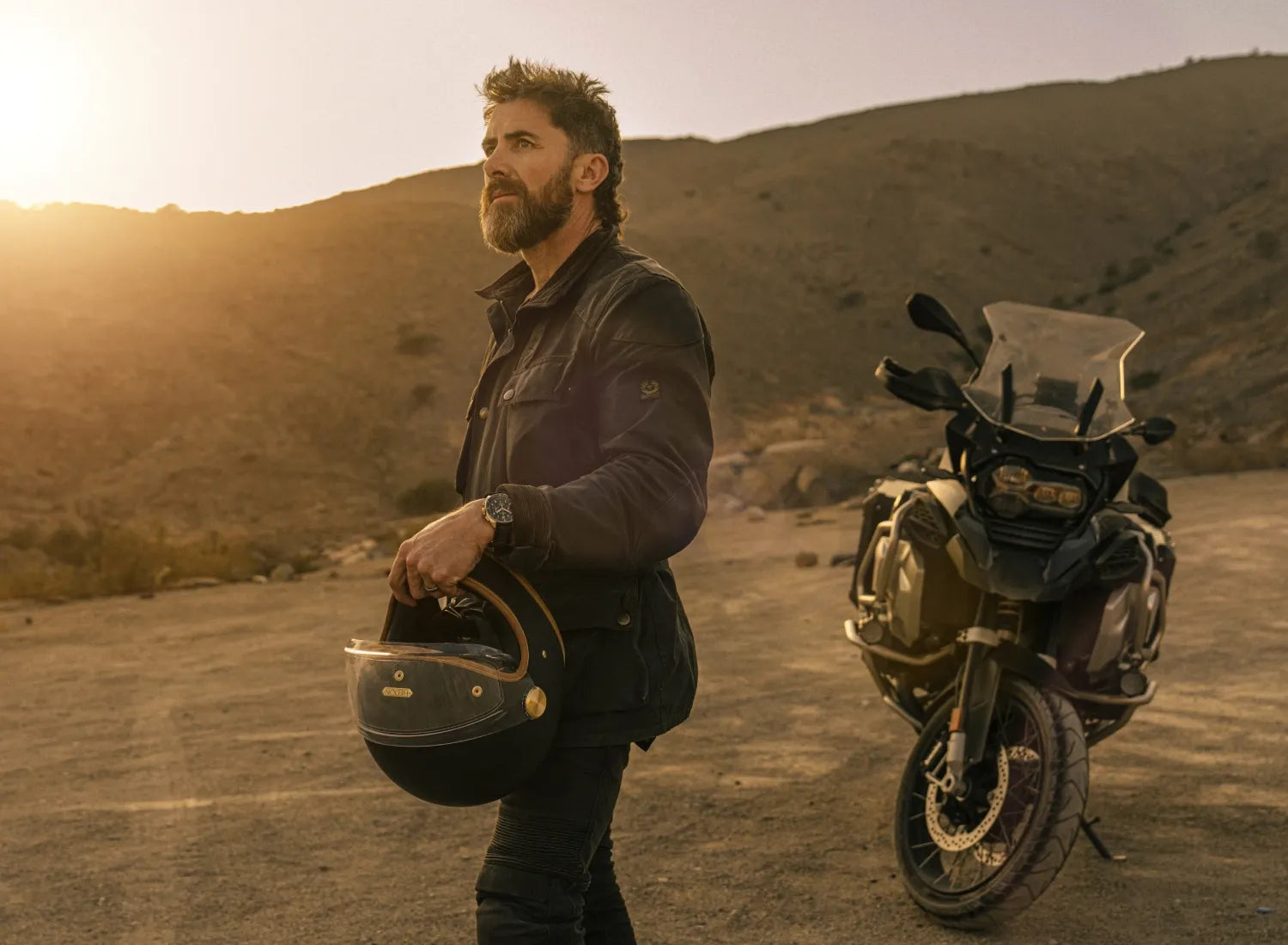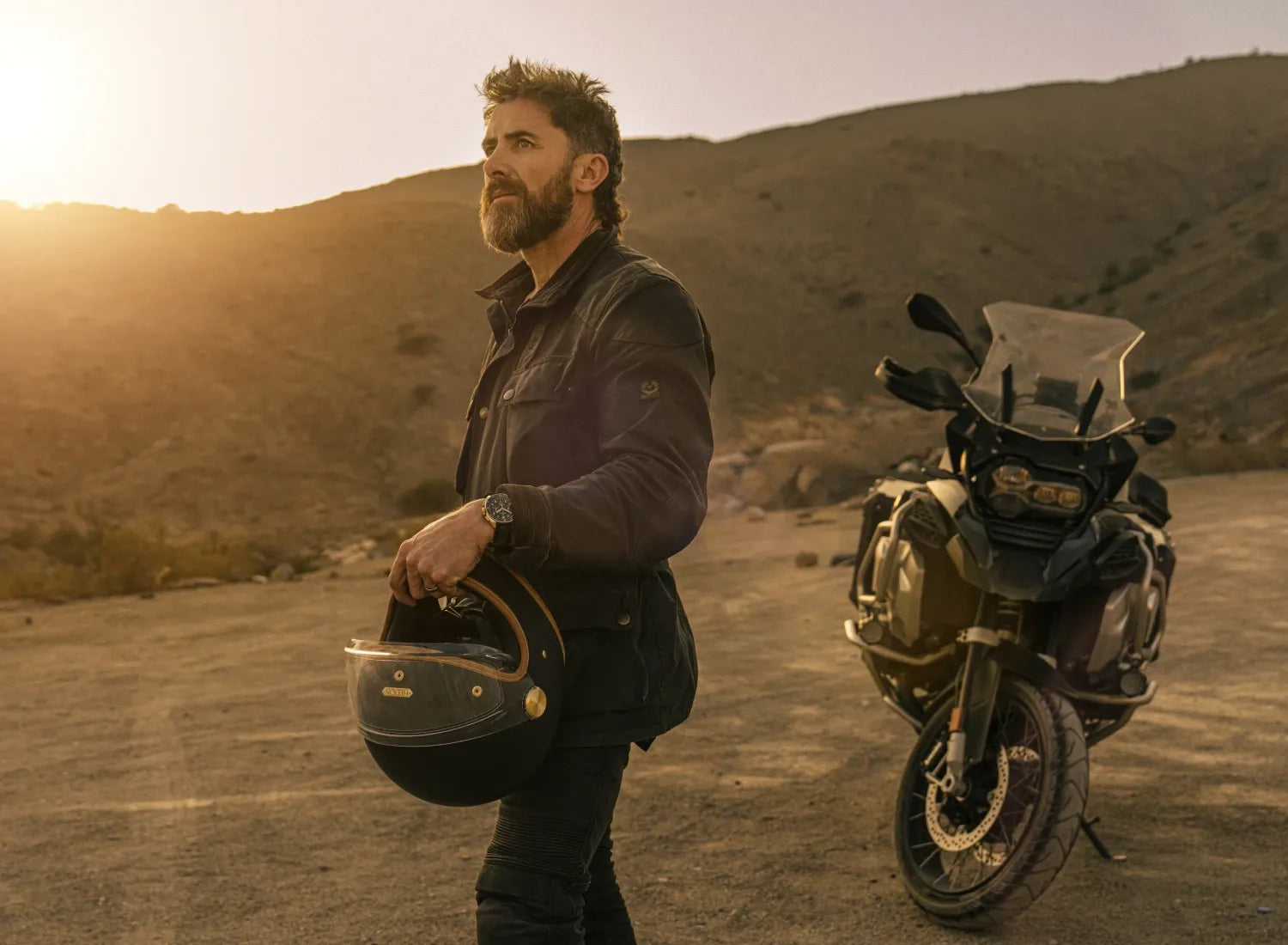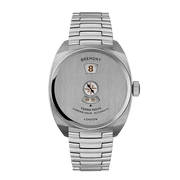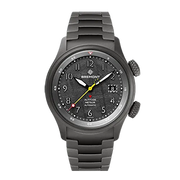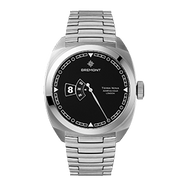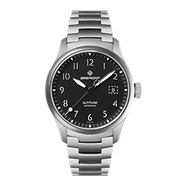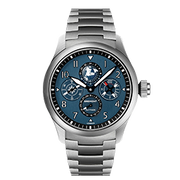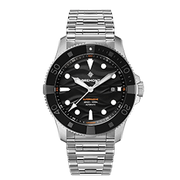Paul Niel and Esther Röling are journeying around the whole island to take water samples as they go to map the water quality and biodiversity, which in turn can be used to create Hong Kong’s first full coastal pollution map.
Niel is an Austrian mountaineer and adventurer who has climbed the highest peaks on every continent and his wife Röling is a chef and food consultant from Holland. They decided to undertake this challenging expedition after being shocked at the amount of rubbish and pollution they saw when they began scouting the city’s shores last November.
Researchers say a detailed study of the coastline on such a scale has never been done before.
Niel says he has seen a wide variety of life along the coast. “We see lots of big birds, crabs, sea urchins, jellyfish,” he says. “A friend of ours spotted a reef shark the other day while coasteering here in Chung Hom Kok.”

Coasteering is a combination of climbing, swimming, and cliff jumping, so will enable Niel and Röling to access areas that researchers wouldn’t usually reach.
The expedition will be, above all, an endurance challenge, taking 7-8 10 hour days whilst sleeping out in bivvy bags on wet, barnacled cliffs and rubbish-strewn beaches along the way.
“The main challenge will be to not get injured. Last week there was a lot of swell, and I stepped over a rock, I got caught by a wave and I got see-sawed over some barnacles. I was joking about it at first, but four hours later at dinner it swelled up to double the size and I could not lift my leg for eight hours. With some steep or high traverses, even if there’s big swell, it’s probably safer to swim through the crashing waves than to climb 15 metres up, because if you lose your grip you’re basically finished,” says Niel.

Specialist equipment will allow the team to monitor the effects of global warming on the water’s temperature, but also alert them to dangerous toxicity levels.
“It will allow us to warn the government when an algae bloom is approaching – due to pollution,” says Wong. “When there’s not good sewage treatment management, it triggers this. The major concern is that some algae are toxic; only a small amount can kill fish. It’s very harmful – not only to fish but also to people in Hong Kong who eat the fish.”
“Most people who come to Hong Kong for the first time – myself included – have no idea of what’s out there,” says Röling. “The nature, adventure, greenery, beautiful trails, beaches. They only see the concrete jungle.”
Niel and Röling are also members of the US-based Explorers Club, and their coasteering adventure will be the local chapter’s first science-based field expedition in Hong Kong. They’re also planning pop-up events with local schools along the expedition route, in collaboration with the Royal Geographical Society Schools Outreach Programme.
NIEL AND RÖLING WEAR...
Based on original article by Tessa Chan/SCMP: http://www.scmp.com/lifestyle/...






